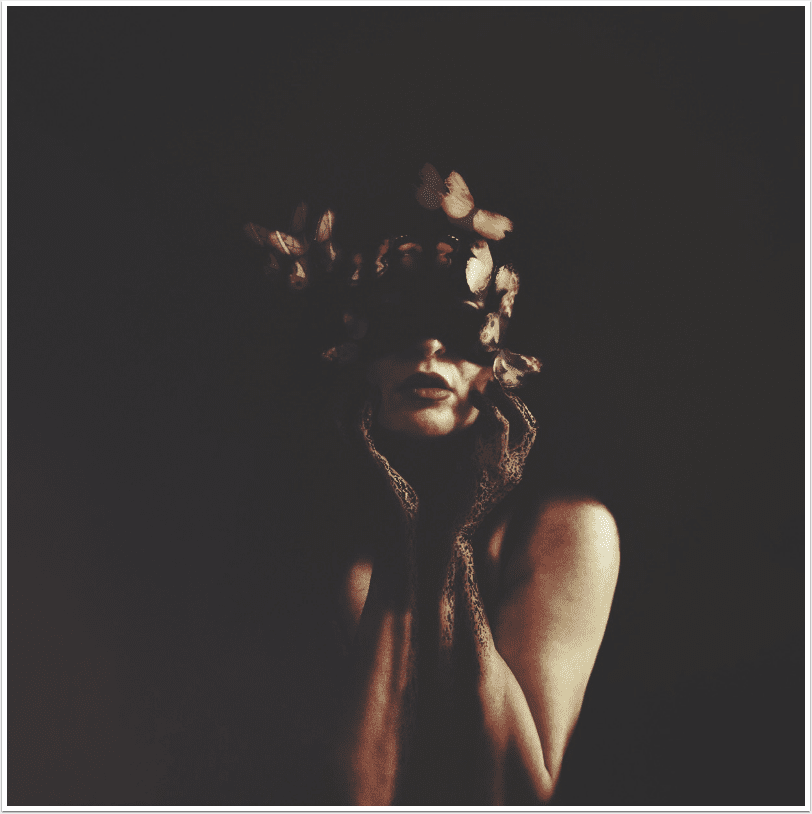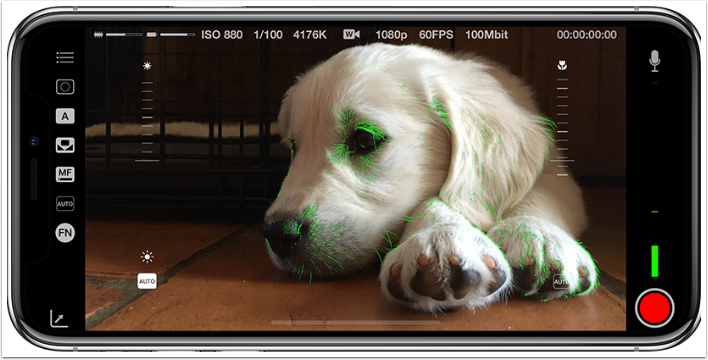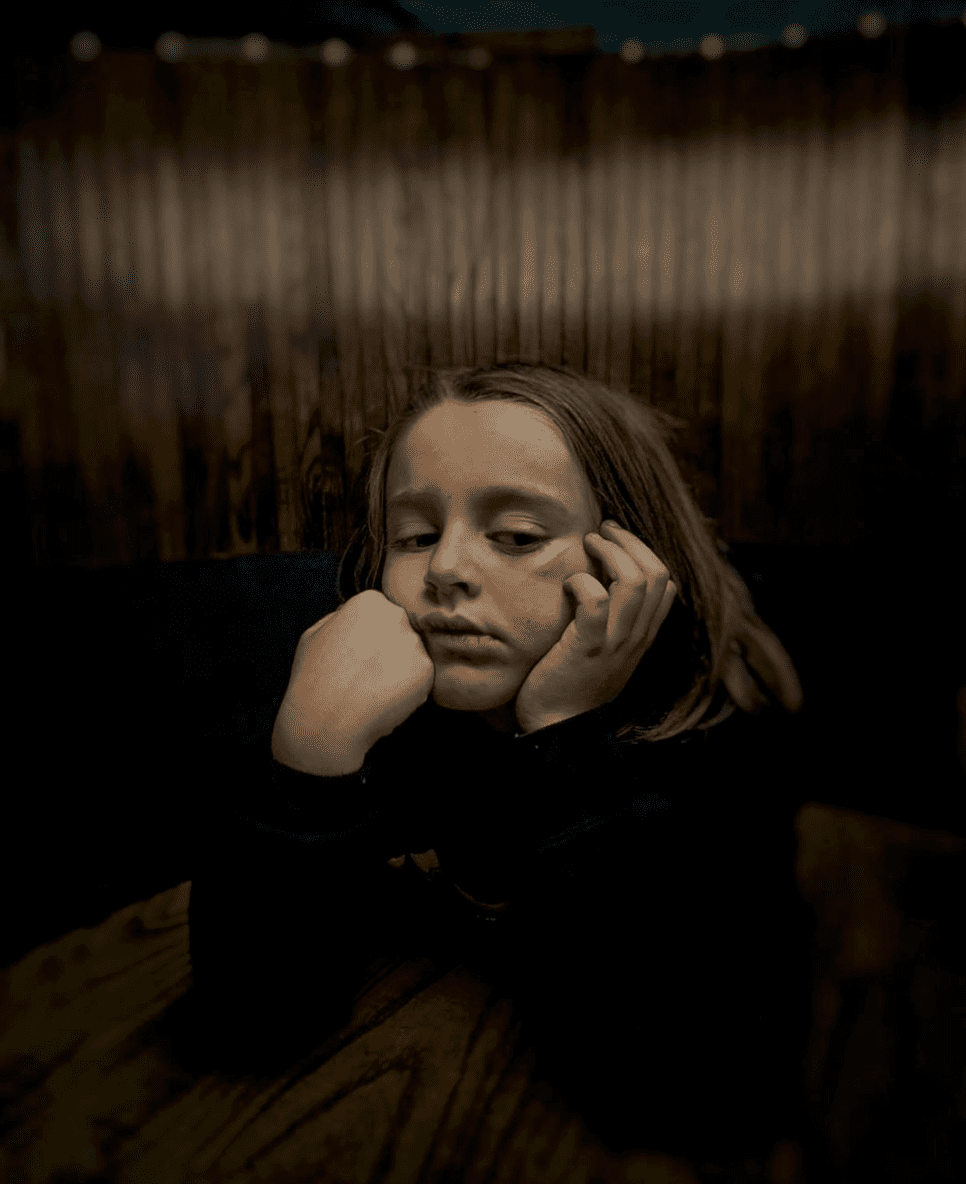Photography & Art – Tickle Your Fancy #45
Welcome back to our forty fifth post in our new section ‘Tickle Your Fancy’. ‘Tickle Your Fancy’ includes a round-up of between three to five links to articles from around the internet that have specifically interested us during the course of the week. Ones that we feel are relevant to your interest in photography and art.
Just to explain the title for this section ‘Tickle Your Fancy’ is an English idiom and essentially means that something appeals to you and perhaps stimulates your imagination in an enthusiastic way, we felt it would make a great title for this new section of the site.
We really hope you enjoy these articles over the weekend…
Alixandra Fazzina’s best photograph: a mother breastfeeding in Afghanistan
This image was taken in Badakhshan, a province in north-east Afghanistan with the highest rate of maternal mortality in the world. There are 6,500 deaths for every 100,000 births. Women marry very young, and it’s so remote that getting professional healthcare is almost impossible – it takes two or three days on a donkey to reach the nearest hospital. Alixandra Fazzina went there in 2008 to shoot a project for Oxfam and found a lot of orphans whose mothers had died while having them.
Image – ©Alixandra Fazzina

When Photographers become Filmmakers
When New York City-based photographer Gillian Laub first transitioned from still to motion, it was “out of necessity” for a story about segregated proms she had been covering in Montgomery County, Georgia.
“I felt frustrated because the still photographs weren’t allowing me to tell the full and nuanced story,” Laub tells American Photo. She began the project first in 2002 while on assignment for SPIN magazine. Then in 2009, The New York Times Magazine ran the story “A Prom Divided,” which included her photographs and audio interviews of the segregated prom, igniting controversy about the school’s policy.
Image ©Gillian Laub/Courtesy Benrubi Gallery

Shirley Baker: the first female street photographer
It’s one of the arts’ great travesties that the technological improvements in handheld cameras post-WW2 didn’t lead to more female photographers, generally, and specifically, female photographers working as documentarians and photojournalists. If it led to a new genre of image making, of capturing live as it was lived, as a record of the times, it was denied a woman’s eye.
Cartier-Bresson and Robert Frank might’ve been the masters of the style, and Magnum the holy grail, but for photographers like Shirley Baker even getting a press card to cover events was a problem, which prevented her from seriously persueing the career in photojournalism her talent deserved. Undeterred she took her camera onto the streets.

Audrey Hepburn – Portraits
From the personal collections of Audrey Hepburn’s sons Sean Hepburn Ferrer and Luca Dotti comes Audrey Hepburn: Portraits of an Icon, an exhibition of 35 photographs of the actress. Including pictures taken when Hepburn was nine years old, to portraits by giants of the medium such as Cecil Beaton, Angus McBean and Terry O’Neill, the exhibition documents the star’s life. Some of these pieces are well-known vintage magazine covers and famous fashion shoots; others have never been seen in the UK. We take a look at nine highlights.
Image below, Hepburn is wearing a head piece designed by the photographer Erwin Blumenfeld and made by the New York milliner Mister Fred. A mirror has been placed behind Hepburn’s head to create the never-ending tunnel of images. This was taken a year before the actress would achieve stardom in Roman Holiday.
Picture: Estate of Erwin Blumenfeld

‘Yoko Ono: One Woman Show, 1960-1971’
A bright green apple, spotlighted atop a tall Plexiglas pedestal, is the first object visitors see on entering the exhibition “ Yoko Ono : One Woman Show, 1960-1971” at the Museum of Modern Art.
The co-curators, Christophe Cherix and Klaus Biesenbach, must have thought: Most of the public will be walking into these rooms only because they know Ms. Ono is the widow of John Lennon. So rather than try to suppress this fact, why not begin the chronicle with a 1966 work of hers that happens also to be one of the enduring symbols of the Beatles?
A photograph by Minoru Niizuma of Yoko Ono’s ‘Cut Piece’ (1964). PHOTO: MINORU NIIZUMA/COURTESY LENONO PHOTO ARCHIVE



